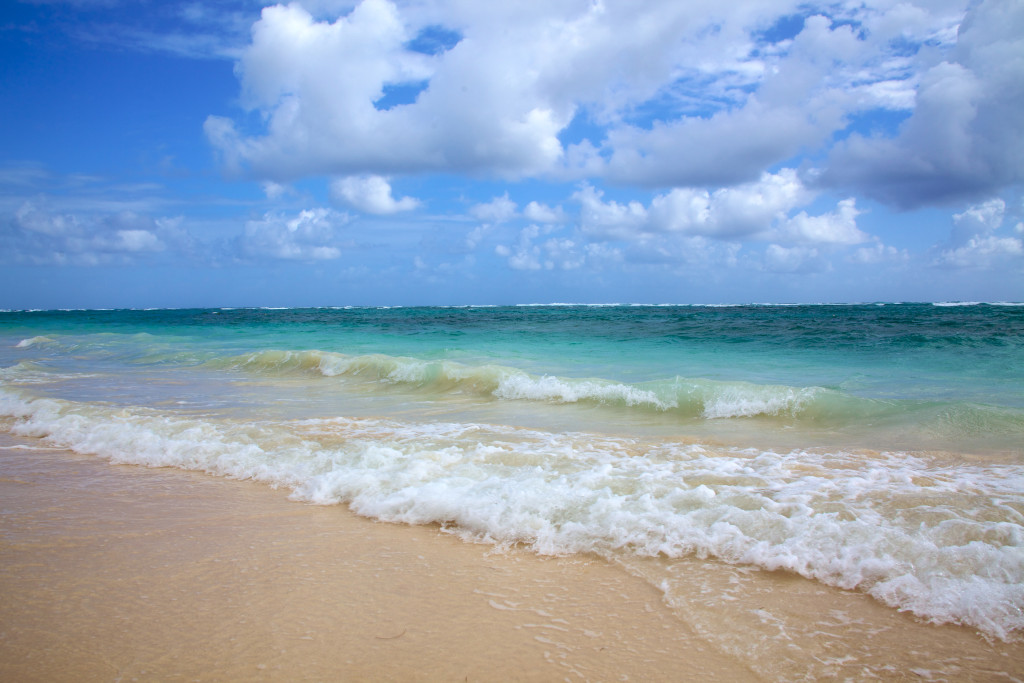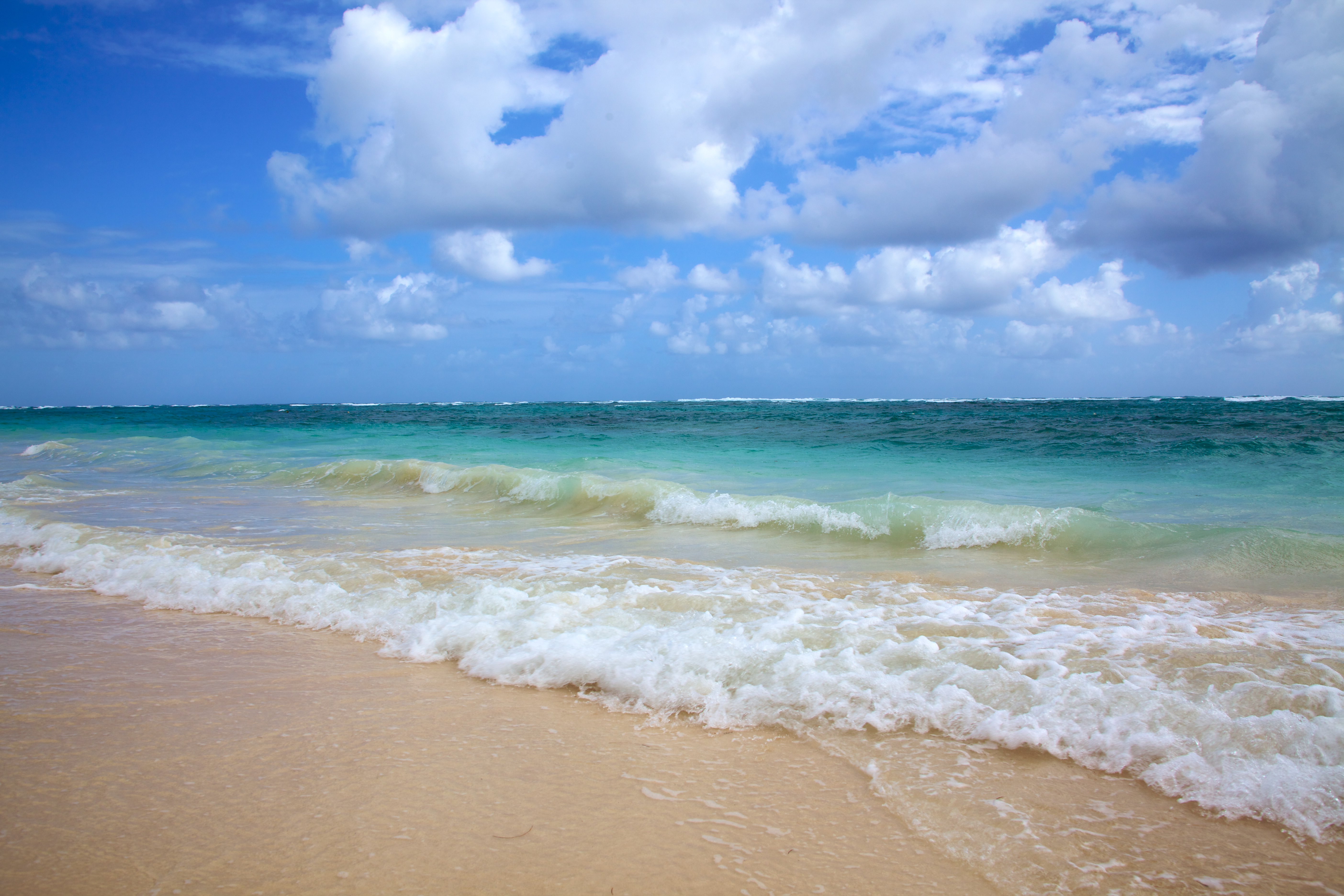
Once, the constancy of seawater was taken for granted. Now, as we see evidence of increasing concentrations of mercury in seawater, it is becoming obvious that global pollution is taxing the dilution capacity of the seas. There is also good evidence that the ocean is acidifying.
When carbon dioxide dissolves in water, it creates a weak solution of carbonic acid. As carbon dioxide rises in Earth’s atmosphere, more of it enters our oceans, driving a rise in acidity. In water, acidity is expressed in units of pH. Neutral is 7.0, while lemon juice has a pH of about 2.0.
Older textbooks indicate the pH of seawater was uniform at 8.3. Now, in many regions the pH is as low as 8.1 and dropping at about 0.02 units per decade. Can this make a difference? Unfortunately, yes. Since pH is a logarithmic value, a water sample with a pH of 8.1 is 37% more acidic than water with a pH of 8.3.
Many ocean organisms use calcium carbonate for their outer skeletal material. This is obvious in clams, oysters, and mussels, less so in the phytoplankton that are the basis of the food chain for all marine life. Calcium carbonate dissolves in acid, so it is more difficult for these organisms to live in more acidic waters.
The quiet side of rising carbon dioxide in Earth’s atmosphere is that we are making the oceans more acidic every year, to the detriment of hard-shelled marine life. Studies of the oceans’ history, written in marine sediments, show that when the carbon dioxide content of the atmosphere was very high, and the oceans were very acidic, many marine organisms went extinct.
**********
—This segment was adapted from an essay by Dr. William H. Schlesinger. You can read the original piece on his blog Citizen Scientist here.
References
Clarkson, M.O., S.A. Kasemann, K.A. Wood, T.M. Lenton, S.J. Daines, S. Richoz, F. Olmemueller, A. Melxner, S.W. Poulton and E.T. Tipper. 2015. Ocean acidification and the Permo-Triassic mass extinction. Science 348: 229-232.
Ekstrom, J.A., L. Suatoni, S.R. Cooley, L.H. Pendleton, G.G. Waldbusser, J.E. Cinner, J. Ritter, C. Langdon, R. van Hooidonk, S. Gledhill, K. Wellman, M.W. Beck, L.M. Brander, D. Rittschof, C. Doherty, P.E.T. Edwards, and R. Portela. 2014. Vulnerability and adaptation of US shellfisheries to ocean acidification. Nature Climate Change doi. 10.1038/NClimate2508.
Gazeau, F., C. Quiblier, J.M. Jansen, J.-P. gattuso, J.J. Middelburg, and C.H. Heip. 2007. Impact of elevated CO2 on shellfish calcification. Geophysical Research Letters doi. 10.1029/2006GL028554
Hoffman, M. and H.J. Schellnhuber. 2010. Ocean acidification: a millennial challenge. Energy and Environmental Science 3: 1883-1896.
Lauvset, S.K., N. Gruber, P. Landschutzer, A. Olsen, and J. Tjiputra. 2014. Trends and drivers in global surface ocean pH over the past three decades. Biogeosciences Discussion 11; 15549-15584
Meyer, J. and U. Riebesell. 2015. Reviews and syntheses: Responses of coccolithophores to ocean acidification: A meta-analysis. Biogeosciences 12: 1671-1682
Pan, T-C., S.L. Applebaum and D.T. Manahan. 2015. Experimental ocean acidification alters the allocation of metabolic energy. Proceedings of the National Academy of Sciences 112: 4696–4701.
Photo, posted March 16, 2009, courtesy of Avery Studio via Flickr.
Earth Wise is a production of WAMC Northeast Public Radio, with script contribution from the Cary Institute of Ecosystem Studies.
